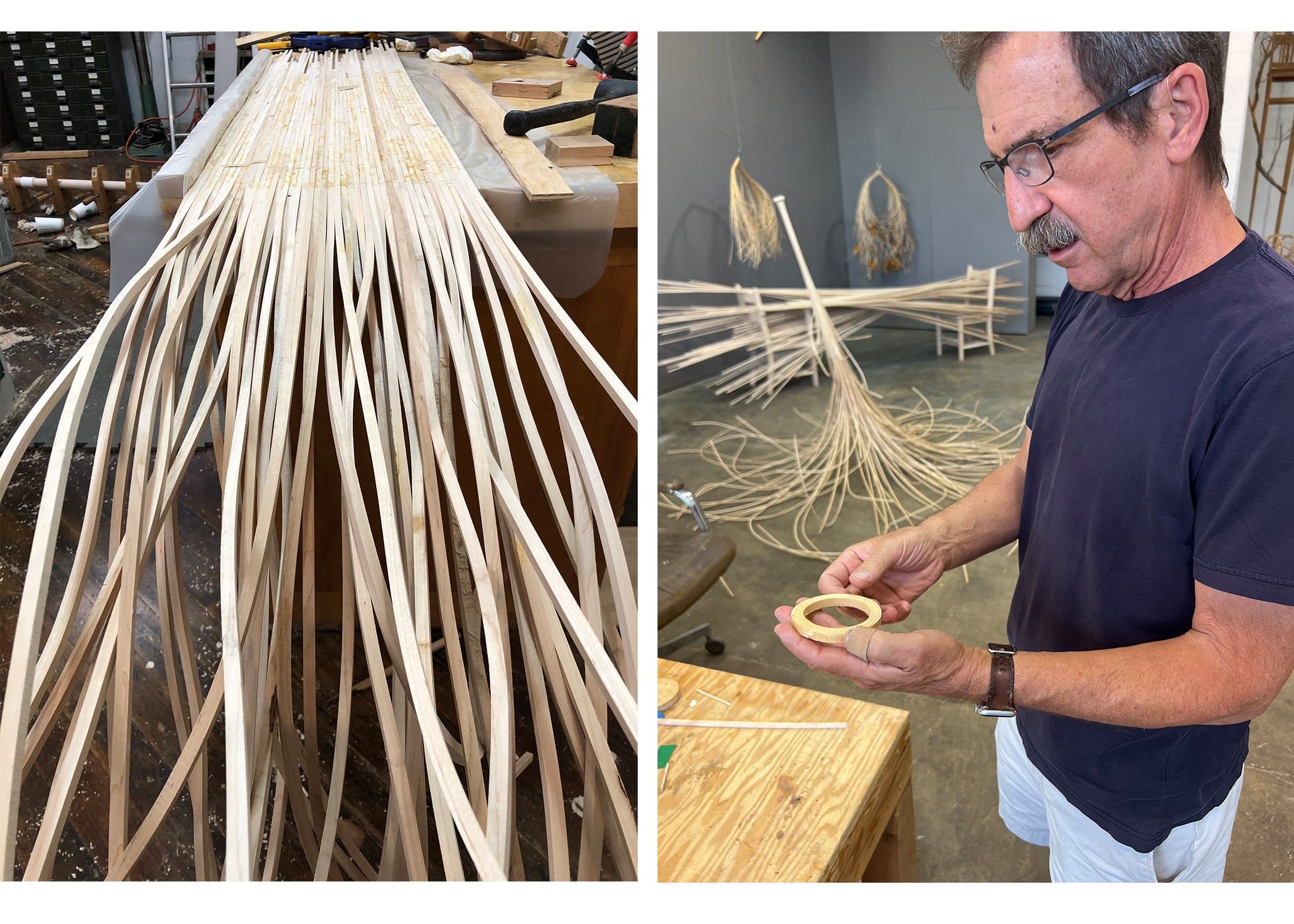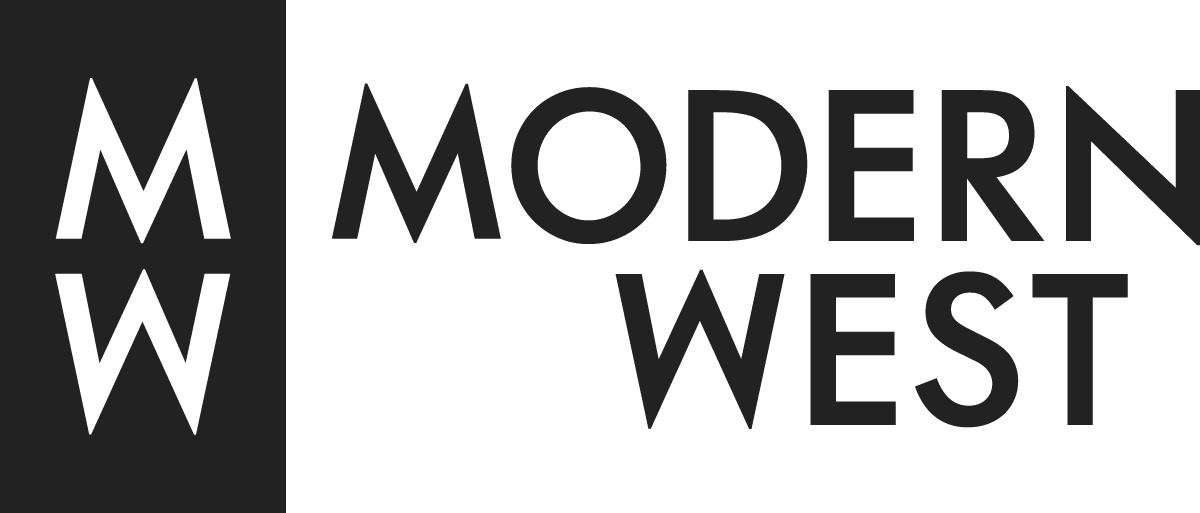
You've mentioned in working with wood you've been inspired by the connection between humanity and nature. Did any of this inspiration derive from your move from the eastern to the western landscape?
In the East I lived in Pennsylvania, North Carolina, and Florida. Two striking changes I noticed in my move from the East to the West were the size of the mountains and the number of trees. Driving in the summer in the outskirts of Philadelphia was like driving through the jungle. We tunneled through forests of oaks, beech, ash and other trees. In Utah one is rarely lost in the greenery. We can almost always get a visual fix, often a mountain, to determine our location. With some knowledge of the surrounding landmarks, you know where you are. In my late-teens and early-twenties I built houses. The sticklike structure of unsheathed walls was captivating. The canvas in my paintings in graduate school were stretched over complex wooden structures. Although I eventually abandoned the canvas, I didn’t integrate branches into these forms until I moved to the West.

You are also interested in social and political idiosyncrasies. Have the local political and environmental crises augmented your interest in these topics within your work?
My concern about political and environmental issues has grown since moving to the West. Some of these problems have a national or global scope. Other concerns are specific to challenges faced by our region, such as our limited water, the shrinking Great Salt Lake, and the toxic dust exposed in the lake bed. These issues do contribute to the direction of my work but not always in an overt manner.

What is your process of selecting the physical elements to incorporate with the wood?
The selection of processed materials varies depending on the work. In both Exchange and Crest I used chair forms because of their relationship to human bodies. Besides the functional relationship to human bodies, wooden chairs frequently have the impression of a human backside carved into them. In Exchange I used a student desk because I was thinking about learning environments and the variety of exchanges that take place in those environments. In Crest I used a chair that was both tipped over on its back and fused, or grafted, to natural tree branches that arc over the chair. I hoped to evoke ideas of wonderment and balance. While chairs can act as metaphors for the body, hair, as in the ponytail series, is part of the body.
What are you reading, watching, listening to right now? How is it inspiring your work? Have any of these inspirations surprised you?
I recently read The Committed by Thanh Nyugen which is a sequel to his novel The Sympathizer. Ostensibly, the novels deal with a Vietnamese/American individual who is reconciling his identity and the influences of Vietnam, the United States and France. In doing so it explores the Vietnam War, issues of colonialism, Marxism and Capitalism. But it’s also very introspective. I relished the novel’s repeated instances of paradox and its dark humor. “The only problem with not talking to oneself was that oneself was the most fascinating conversational partner one could imagine. Nobody had more patience in listening to one than oneself, and while nobody knew one better than oneself, nobody misunderstood one more than oneself.” For me, inspiration is more of a slow infusion than an epiphany. I was impressed by the beauty of Nyugen’s writing and reminded of the importance of trying to make work with complexity, nuance, and humor.

What are you working on? What is upcoming?
Currently I am working on a series of organic matrix forms, somewhat similar to wireframe modeling in computer modeling.

